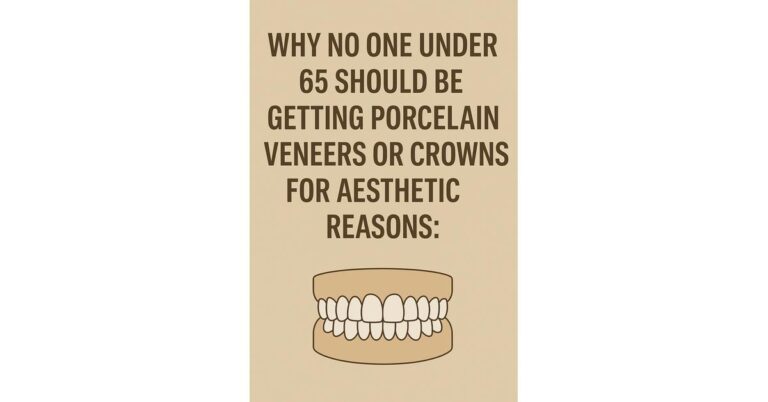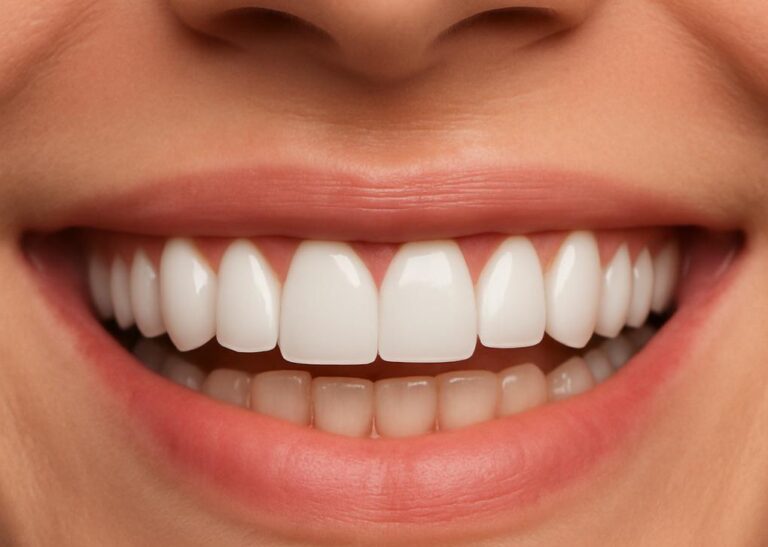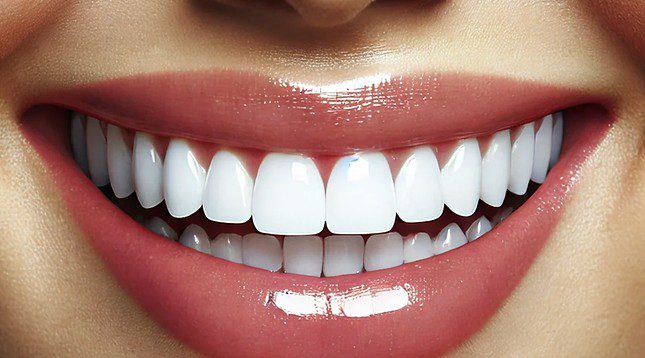Originally published on March 23, 2025. Updated on May 20, 2025.
Why It’s Time for Insurance Companies to Cover Resin Composite Bonding and Porcelain Veneers
Dental health is an integral part of overall well-being, yet many insurance companies exclude coverage for resin composite bonding and porcelain veneers, deeming them “cosmetic” procedures.
This outdated view ignores the functional, psychological, and medical benefits these treatments provide. Here’s why it’s time for insurance companies to rethink their policies and include these procedures under coverage.

Functional Benefits Go Beyond Looks
Resin composite bonding and porcelain veneers are not always about aesthetics. They can play a critical role in restoring function to damaged teeth. Patients who suffer from chipped, cracked, or eroded teeth often face challenges in chewing, speaking, and maintaining proper jaw alignment.
These issues can lead to further oral health complications, including temporomandibular joint disorders (TMJ), chronic pain, and uneven wear on remaining teeth.
Covering these procedures would help prevent these secondary health issues, reducing the need for more invasive and expensive treatments later. Insurance companies should recognize that these procedures go beyond aesthetics—they are often restorative.
Mental Health and Self-Esteem Matter
Dental imperfections can profoundly impact a person’s mental health and self-esteem.
Studies consistently link poor oral health and the appearance of teeth to reduced confidence, social anxiety, and even depression.

For patients with visible dental issues, resin composite bonding or veneers can transform their lives by providing a smile they feel comfortable showing.
Treating mental health is a recognized medical necessity, so why are treatments that directly improve self-esteem and reduce anxiety excluded from coverage?
Dental insurance should adapt to a more holistic view of health that includes mental well-being.
Prevention Is Cheaper Than Repair
Leaving dental imperfections untreated can lead to much bigger problems.
A chipped tooth left unrepaired can worsen and eventually require a crown or extraction. Uneven teeth can lead to plaque buildup in hard-to-reach areas, increasing the risk of cavities and gum disease.
Bonding and veneers act as protective solutions, preserving natural tooth structure.
Providing coverage now could prevent more expensive treatments later, saving both patients and insurers money.
The Cosmetic Label Is Outdated
Calling bonding and veneers “cosmetic” misses the point. These procedures are used to treat real medical conditions like:
- Enamel hypoplasia (underdeveloped enamel)
- Severe discoloration from medication or illness
- Misshapen or underdeveloped teeth due to genetics
- Structural damage from trauma, such as fractures or chips
- Acid erosion from conditions like GERD or chronic vomiting
- Tooth wear from bruxism (grinding or clenching)
- Closing diastemas (large gaps) that affect speech or chewing
- Rebuilding tooth structure after orthodontic relapse or damage
These are not simply aesthetic concerns—they are legitimate health issues that deserve attention and coverage.
Bridging the Gap in Access
Out-of-pocket costs for bonding and veneers can be thousands of dollars.
This creates a barrier that disproportionately impacts lower-income patients. As a result, only the wealthy have access to truly comprehensive dental care.
Insurance companies have the power to address this inequality by covering these procedures and making them available to everyone.
Case Studies: Coverage in Other Fields
In other areas of healthcare, insurance often covers treatments with cosmetic benefits if they have a functional purpose.
For instance, reconstructive surgery after an injury is typically covered because it restores function, even though it also improves appearance.

Similarly, dental procedures like braces are often covered because they improve alignment and functionality, even if they also enhance aesthetics.
If insurance can recognize the dual benefits of procedures in these cases, it should apply the same logic to bonding and veneers.
The Bottom Line
Resin composite bonding and porcelain veneers are essential for many people—not just for how they look, but for how they eat, speak, feel, and function.
Reclassifying these treatments as medically necessary would promote equity, prevent long-term complications, and support overall well-being.
It’s time for the insurance industry to evolve. Dental health is whole-body health, and patients deserve policies that reflect that truth.

Disclaimer: This content is for informational purposes only and does not constitute medical or dental advice. Always consult with a licensed dental professional before making decisions about your oral health.





